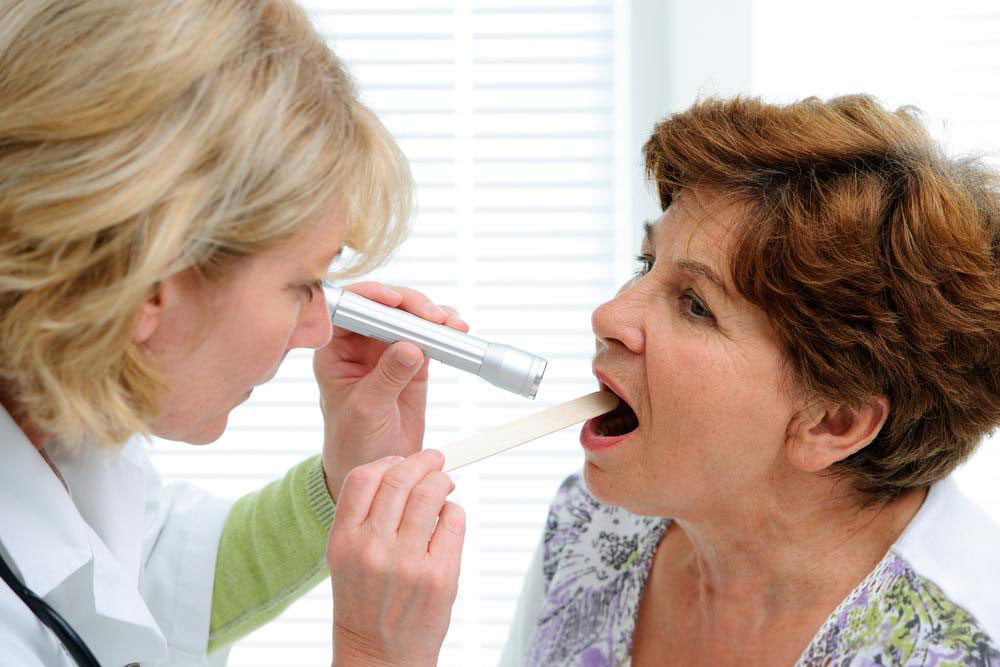4 common sexual conditions and their symptoms
Sexual conditions or sexually transmitted diseases (STDs) generally affect a person through sexual contact. STDs are caused by bacteria, parasites, or viruses, which mainly enter the body through semen, blood, or other bodily fluids. They can enter the body non-sexually too; for instance, an affected person’s blood is used during a transfusion or if they share a needle with a person who has any form of STD. Herein, we discuss the various symptoms of a few sexual conditions.

Symptoms
STDs may have a range of symptoms or no signs at all. It mainly depends on the type of STD one may have. Here is a list of some common forms of sexual conditions and their symptoms.
- Chlamydia
It is a bacterial infection that affects the genital tract. The symptoms may start to show a few weeks after the exposure. The most common symptoms include painful urination, abdominal pain, discharge from the penis, pain during intercourse for women, and testicular pain. - Gonorrhea
This is another bacterial infection that affects the genital tract, mouth, eyes, throat, and anus. Sometimes, the symptoms may take 10 days to show, or even months. The common symptoms of gonorrhea are thick or bloody discharge from the vagina or penis, burning sensation or pain during urination, heavy menstrual bleeding, swollen testicles that pains, painful bowel movements, and anal itching. - Trichomoniasis
Also referred to as Trichomonas vaginalis, this condition is caused due to a one-celled parasite. It occurs if one has intercourse with an infected person. It often does not cause any kind of symptom, and even if it does then that may take up to a month. The symptoms include clear, yellowish, white, or greenish vaginal discharge, discharge from the penis, strong vaginal odor, vaginal irritation or itching, itching inside the penis, pain during intercourse, and painful urination. - HIV
It is one of the most serious sexual conditions and it is caused by a virus that makes the immune system weaker. HIV can lead to AIDS, which is a life-threatening disease. The beginning stage of HIV does not have any clear symptoms. The main symptoms a patient may experience are fever, headache, sore throat, swollen lymph glands, rash, and fatigue. As these are common symptoms of many other medical conditions, they may get ignored. The best way of detecting this disease early is by getting tested. During the later stages of the disease, one may experience other more serious symptoms including diarrhea, weight loss, fever, cough, and breathing difficulties.
Causes
Sexual conditions have different causes. They can be a result of certain viruses like human papillomavirus, HIV, and genital herpes. Sexual diseases may also be caused by parasites like trichomoniasis and bacteria like gonorrhea, chlamydia, or syphilis. These spread during sexual activities. There are a few STDs that may occur without any sexual contact, including hepatitis A, B, and C; viruses; Giardia intestinalis; and shigella.
Risk factors
The risk factors for STDs include unprotected sex, having multiple partners, a history of STI, sharing needles, and blood transfusion.
The best way to avoid sexual conditions is to go for regular STD/STI screenings. As many of these diseases do not show any early signs, only the screening can diagnose them early.




